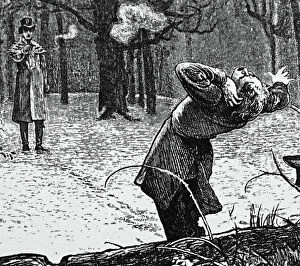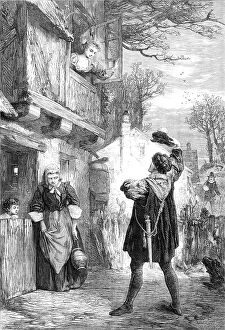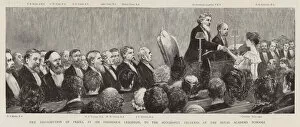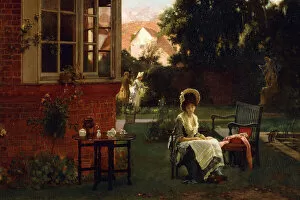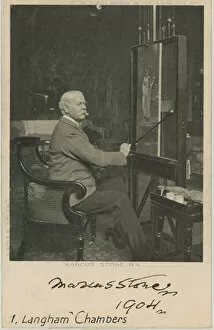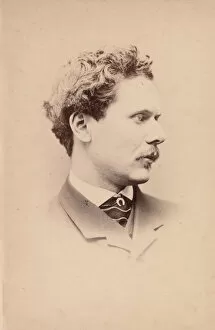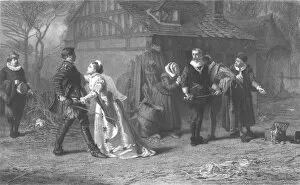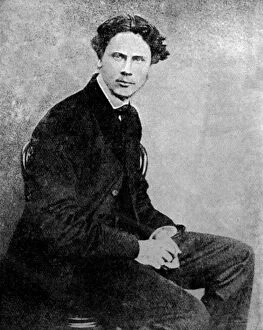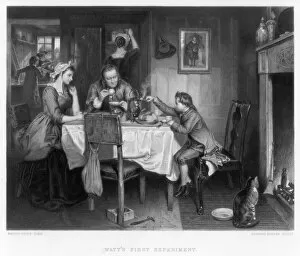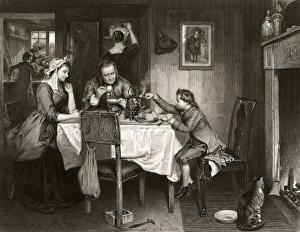Marcus Stone Collection
Marcus Stone was a renowned artist of the 19th century, known for his exceptional talent and versatility
All Professionally Made to Order for Quick Shipping
Marcus Stone was a renowned artist of the 19th century, known for his exceptional talent and versatility. His works captured various historical events and everyday life with great attention to detail. One of his notable paintings, "Henry VIII and Anne Boleyn Observed by Queen Catherine, " showcased his ability to bring history to life on canvas. The intricate brushstrokes depicted the tension between these iconic figures, transporting viewers back in time. In "The Gamblers Wife, " Stone portrayed the emotional turmoil of a woman entangled in her husband's addiction. The intensity in her eyes revealed the depth of her despair, highlighting Stone's skill at capturing human emotions. Stone's involvement with the Royal Academy Schools was celebrated in Sir Frederick Leighton's engraving titled "The Distribution of Prizes. " This piece immortalized Stone as one of the successful students who received recognition for their artistic achievements. A glimpse into Marcus Stone's world can be seen through a photograph taken inside his Melbury Road Studio. Surrounded by brushes, canvases, and unfinished masterpieces, he appeared deep in thought - a true artist immersed in his craft. "In the Shade" showcased Stone's mastery over light and shadow. The playfulness of children under a tree evoked feelings of innocence and joy that resonated with audiences long after viewing this oil painting. Stone shared close friendships with fellow artists like Charles Dickens as depicted in an enchanting engraving aptly named "Dickens and his Artist Friends. " Their camaraderie fueled creativity as they exchanged ideas within their tight-knit circle. A timeless portrait captured Marcus Stone himself; it revealed an introspective gaze that hinted at both vulnerability and determination. This photo encapsulated the essence of an artist dedicated to perfecting their craft while leaving behind an enduring legacy. Nature came alive through Rose Blossom Time where delicate petals danced across pencil strokes infused with watercolor accents. This piece demonstrated not only Stone's technical prowess but also his ability to evoke a sense of tranquility and beauty.


